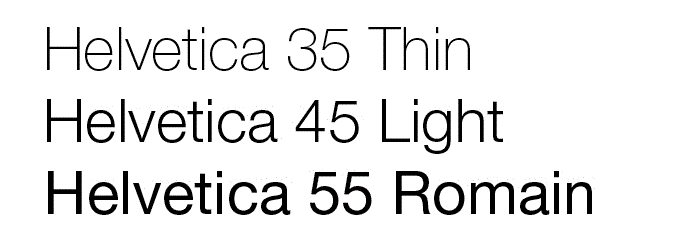
If you were born before the internet was available in every home, you surely remember terrible websites, clunky browsers and the slow computers we were using at the time. Part of starting or owning a site today, is staying away from the mistakes of yesterday, and for those who aren’t paying attention to SEO all day, you might be surprised to find out how many sites are still set up and run like it was ten years ago.
Here are a few common mistakes we see daily, and some easy solutions:
Salesy or Vague Content: writing onsite content for good SEO value isn’t a race to have the most content. A clear description of what the site is all about, as well as clear statements about each product or service is the key to laying a good foundation. Quickly let your users know what you offer and why it’s worth their time and money. If you don’t have the time to write or edit your site content, think about hiring a copywriter. A good copywriter can translate your unique business in terms your users will respond to.
Internal Linking Isn’t ‘SEO Linking’: Internal linking is not what your SEO means when they talk about link building for SEO value. Internal links (links which lead from one page to another on your domain) should be used for easy user navigation. Overuse of internal linking has negative SEO value.
Huge Footers & Keyword Packing: There are still huge spammy footers out there. For example, this week we ran across a footer with 217 items in it! Again, your footer should provide useful links and information for the user. It’s not a dumping ground for every keyword target you came up with in the past year. Unless visitors are using your footer links as navigation or informational pages and think about minimizing. Items like: your privacy policy, return policy and HTML sitemap are great. A complete list of all the cities you serve…not so much.
External Links: Site owners aren’t always aware of who is and isn’t linking to them, but low quality or irrelevant links can hurt your site. It’s a good idea to keep an eye on who is linking to you, and if need be, asking Google to disavow certain links which might be doing more harm than good.
If you’re wondering why the title of this article includes the term minimalism, here is the root of the matter: Once upon a time a site owner could ramrod keywords all over a site and have it rank well. Nowadays, if you’re not sure how to craft your onsite content, you might want to keep things simple and minimal until you get in touch with an SEO company. Having too little onsite content probably isn’t going to get you the rankings you’re looking for, but it’s easier to build your rankings later than fight a reputation as a spammy website. Users and Google agree: minimal is better than bloated.


